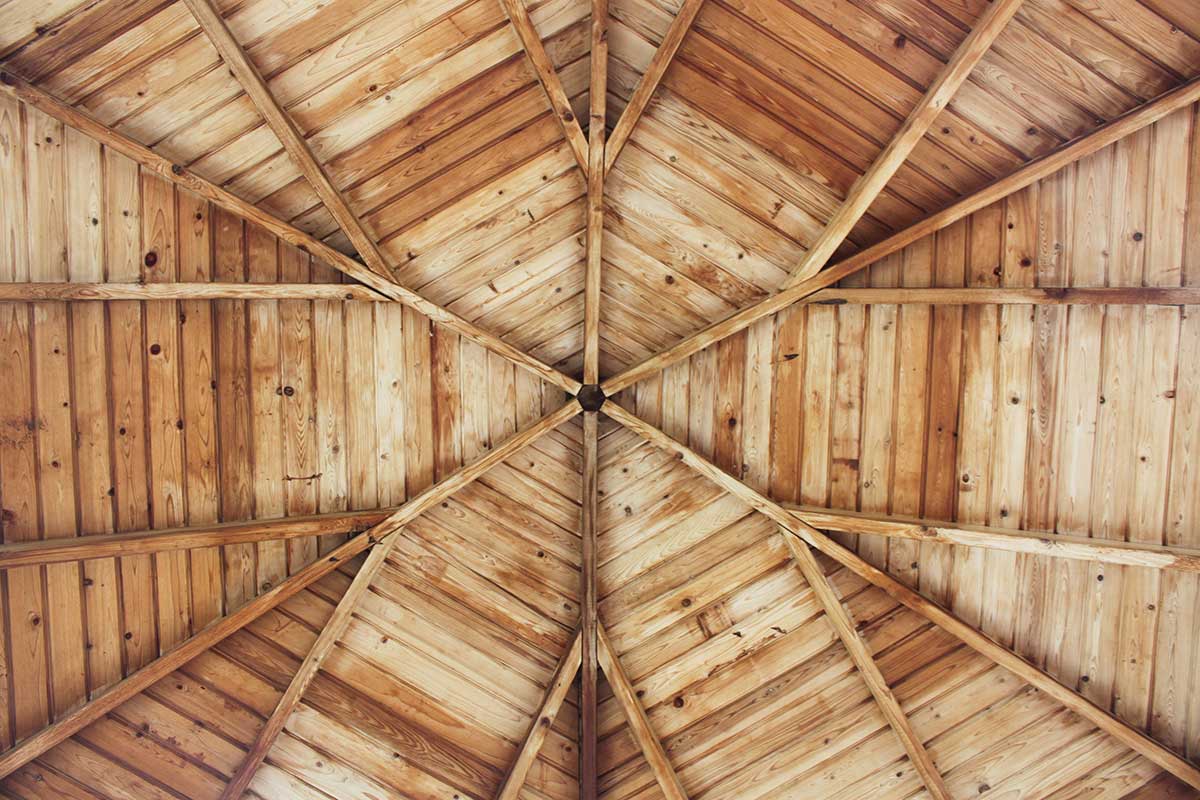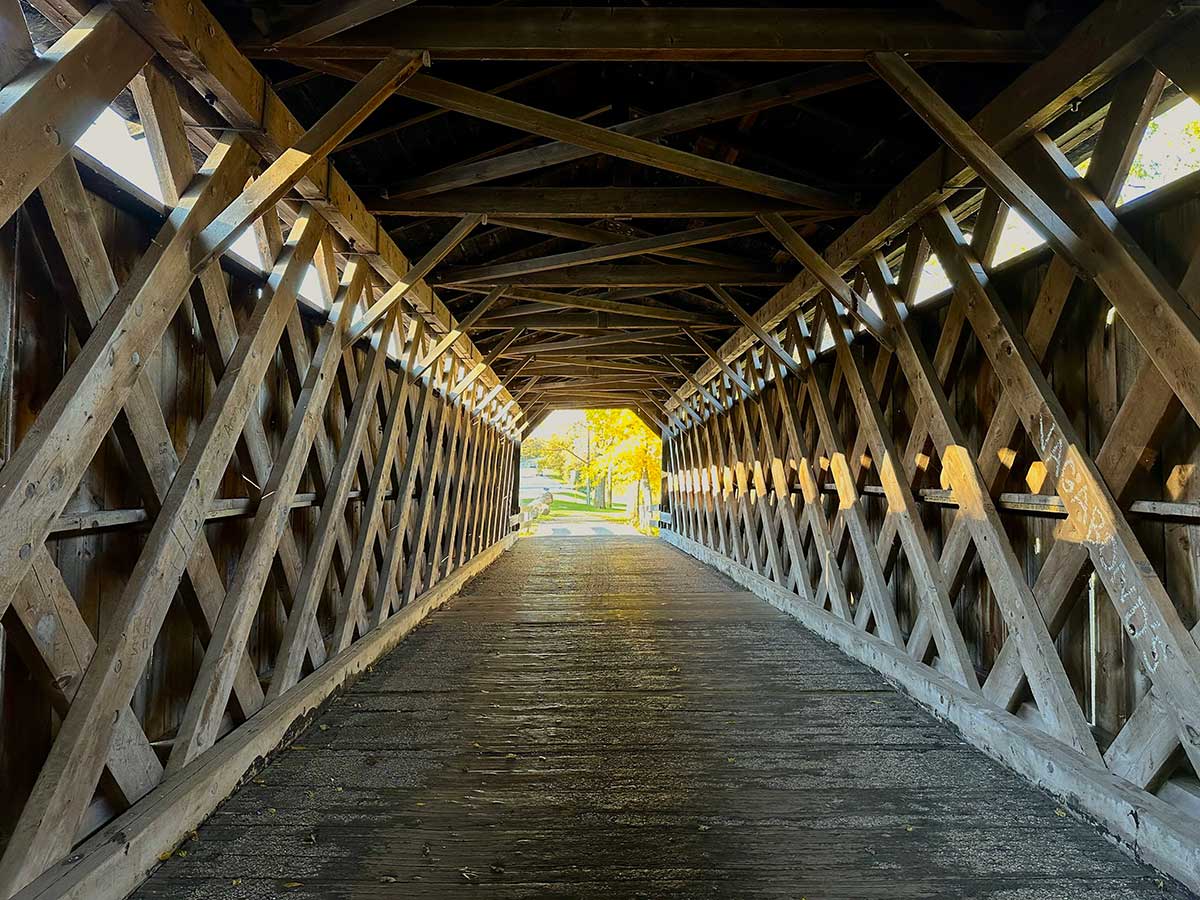Surprising as it may seem, despite being combustible, wood is one of the materials that resists fire the longest. This is because its temperature transfer coefficient is very favourable. In other words, when wood is exposed to fire, its exterior burns first, while its core resists. This response makes it possible to evacuate timber-framed facilities without risk of collapse.
The problem arises when a structure is reliant on large spans and beams. This design complicates the balance between fire resistance time and beam sections, which are usually as slender as possible for reasons of economy. In order to increase this fire resistance, a series of special coatings have been developed, as well as regulations for their application.
The European Standard UNE-EN 13501-1: 07 + A1:2010 allows the classification of varnishes according to a code similar to this: ‘Bs2d0’.
Where the first letter corresponds to the flammability: A1 and A2 indicate that the material is not combustible; on the other hand, the letter B indicates a very limited contribution to fire. The values then increase up to E, which is there to indicate a high contribution. The next letter S, accompanied by the numbers 1 to 3, indicates smoke emission: 1 for no smoke and 3 for maximum smoke emission. Finally, D indicates the production of droplets during combustion: the code d0 indicates no dripping, while d2 indicates the production of flammable droplets.
But how long does a wooden beam last, and at what point does it reach the point known as R60 (or 60 minutes resistance to a standardised fire)? The truth is that this categorisation is not so simple. It is necessary to resort to mathematics, by means of a calculation with the unknown of the beam section, on the one hand, and the carbonation that will occur at the edges exposed to fire, on the other. Although varnishes allow for a time during which carbonation does not progress, the combination of cross-section, wood type and protection is also a factor in this classification.
The issue is even more complex, because even if a structural element has a 60-minute resistance, this does not mean that the overall structure will withstand the fire during that time. This will also depend, for example, on the virulence of the fire. The standard can only be realised for models with a constant fire. However, a real fire is far from constant.
By Jorge Laguna, head of the structures section of Amusement Logic’s architecture department.









